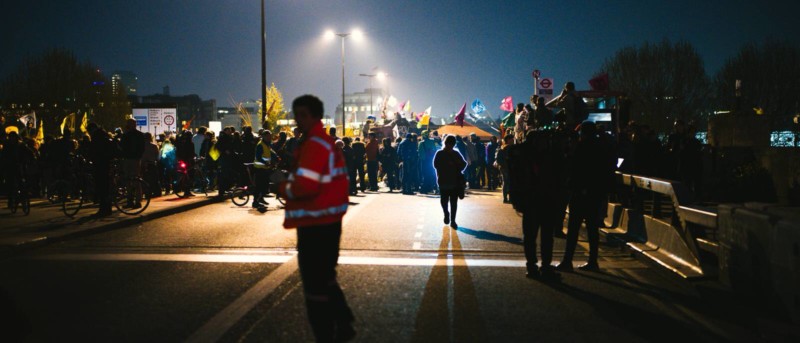
Whether it’s a wedding, a festival, or a protest, crowds present photographers with some unique challenges. I’ve spent some time working on figuring out the best ways to handle crowded environments in order to produce images that are consistent with my style, while conveying the energy of the crowd in that moment.
Most of my early photography is very minimalistic, closer to illustration or graphic design than the “decisive moment” based work I am now producing. Crowds were always a difficult place to work as I felt my images ended up cluttered and aimless. However, I really enjoy working in packed spaces, where I’m “allowed” to become anonymous and lose myself among the other people. I also think that some fantastic intimate moments occur in crowds, and I want to be equipped to capture those.
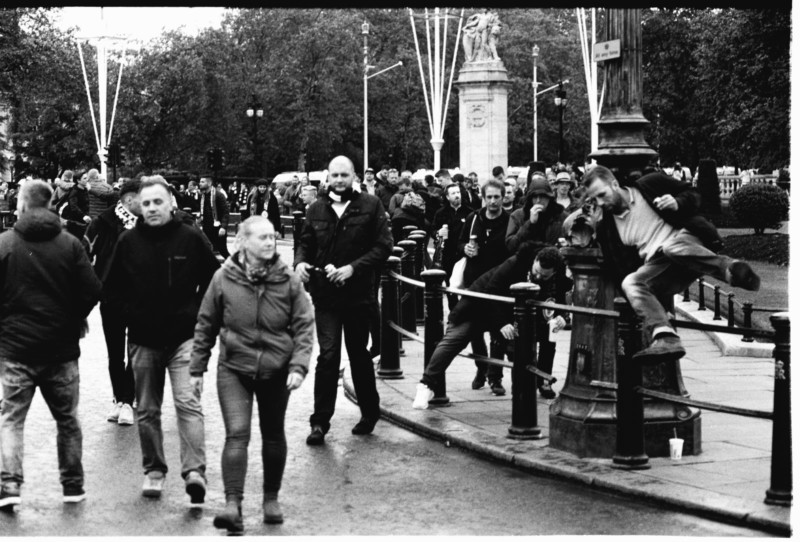
With the summer rapidly approaching, guaranteed to present me with all kinds of gatherings and busy environments; including parades, festivals, conventions, parties, travel projects, and commissioned journalism projects, I thought it would be useful to highlight and discuss some of the approaches I have been using to achieve results I am happy with while working in busy environments.
Isolation
I’ll usually take an establishing shot, to begin with — a sea of faces, or backs of heads depending on which vantage point I am shooting from and whether I want my subjects to remain anonymous. Once I’ve set the scene I’ll go about searching for smaller pieces of interest in order to isolate them from the rest of the crowd.
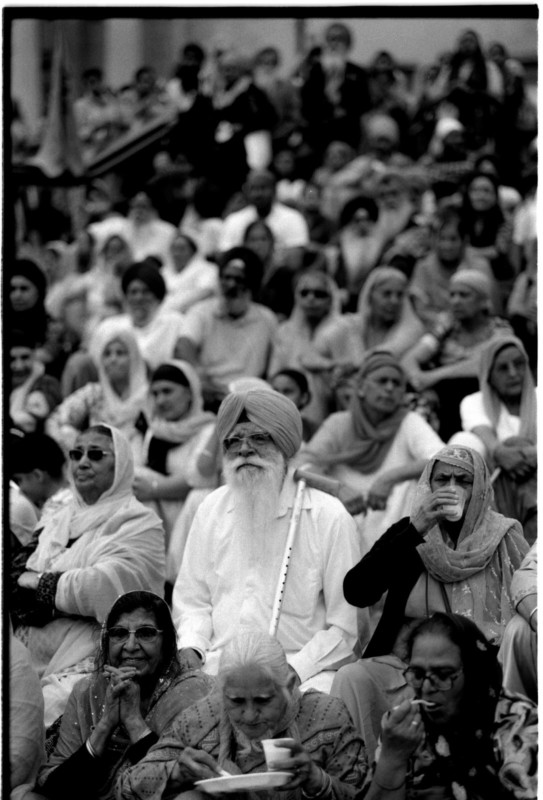
Sometimes this can be literal: people who are standing apart from everyone else, or anyone taller/shorter who I am able to frame apart. Sometimes people will be standing, or sitting at the outskirts of the crowd, and can be framed interestingly.
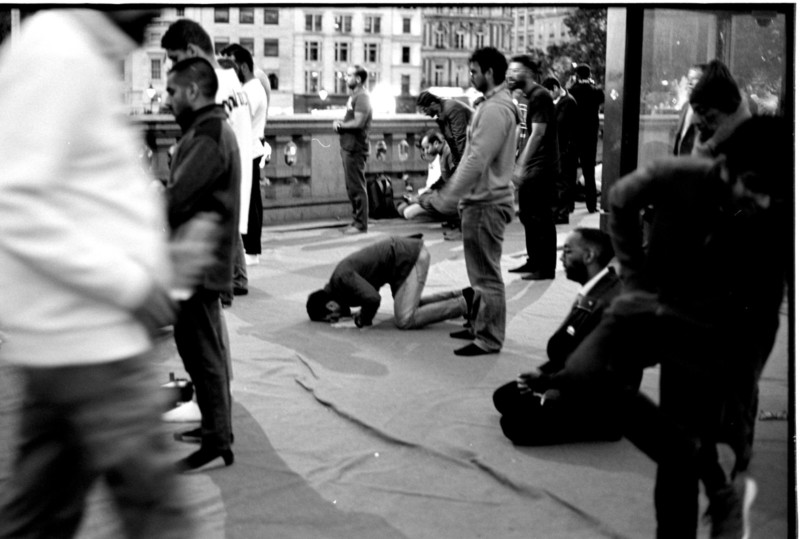
Selective Focus
Selective focus is always a useful tool, and when shooting crowds it is important to remember that everything on your focal plane will be in focus, even if shooting wide open. This means waiting for your subject to move slightly closer or further away in order to successfully make then the only character in focus.
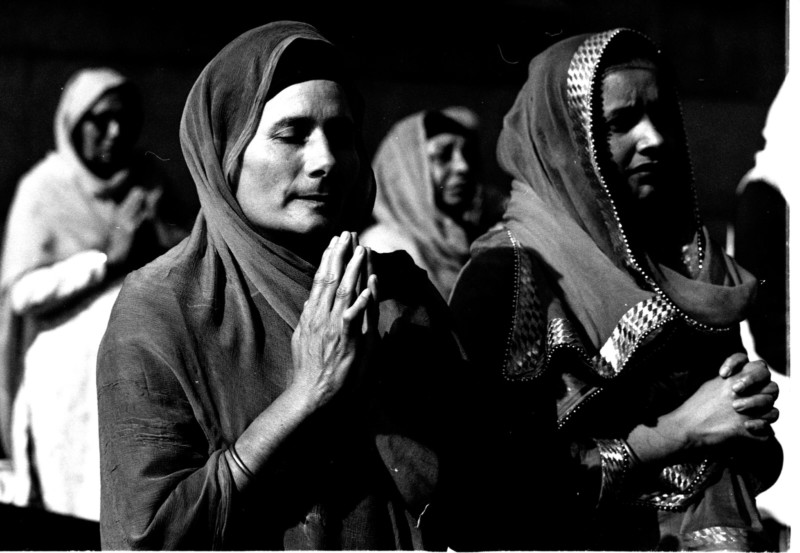
Selective focus can be used for subjects in the foreground, which is what I use most frequently, but can also be used on the distant background. This way the out of focus elements can lead the eye away from any distractions and naturally allow the eye to rest on what you choose.
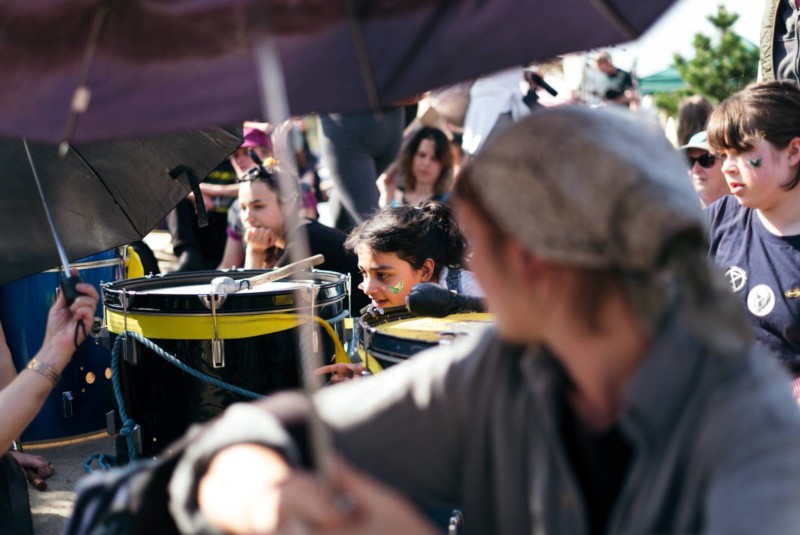
Isolation isn’t restricted to only one subject. Any kind of group — uniforms, color matching, or connecting theme — can be used to isolate that cluster of people from everyone else. This is a little harder to look for, but very rewarding when it pays off.
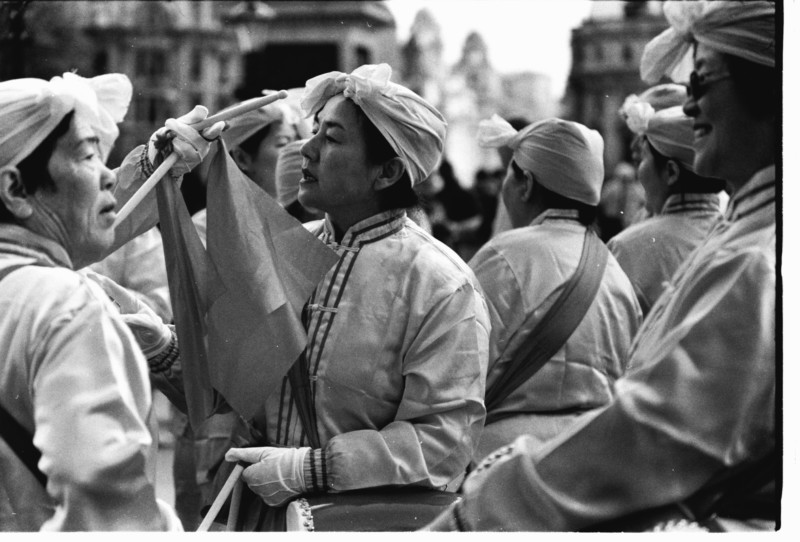
Figure to Ground
In my opinion, the best way to isolate a subject in any situation is to compose with a strong emphasis on figure-to-ground. This means being mindful of the background and to position your subject against something cleaner or uncluttered. For me the easiest way to achieve strong figure to ground is to shoot at an angle which allows the sky or ground to be the background — I find these are usually the least obtrusive elements in any scene.
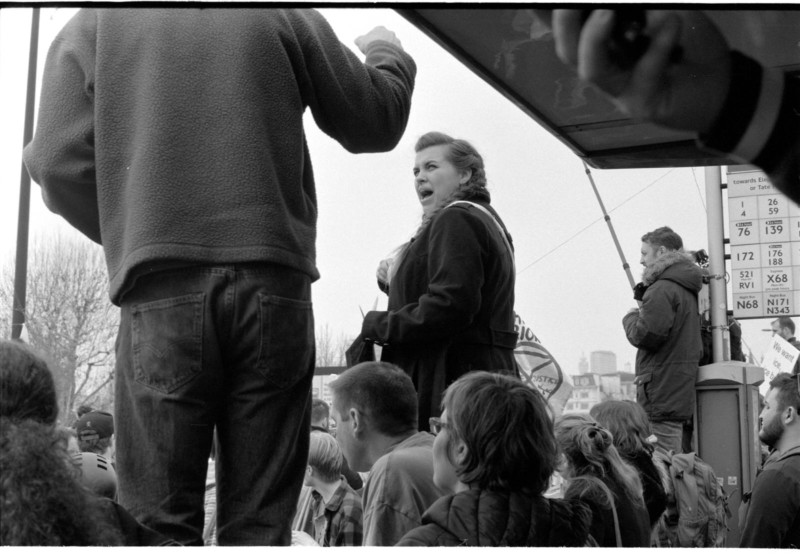

Above is me lying down to capture the following scene:
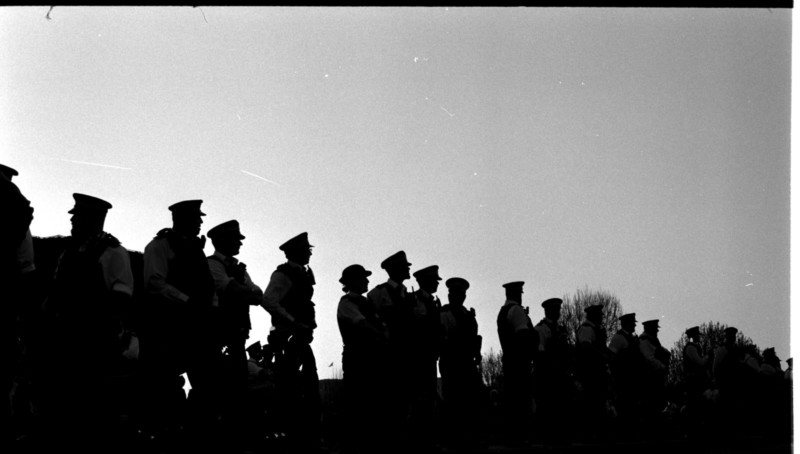
This means raising myself higher, or crouching/lying down in order to frame my subject neatly. My recommendation to anyone shooting a crowd is to find something/somewhere to climb first, and then to get into the thick of it after these vantage points have been exhausted.
This can also be achieved in a scene with high contrast light. If your subject is illuminated while their surroundings are dark by exposing for the light you render everything else as a shadow. I find this effective when picking people out of a crowd, especially indoors.
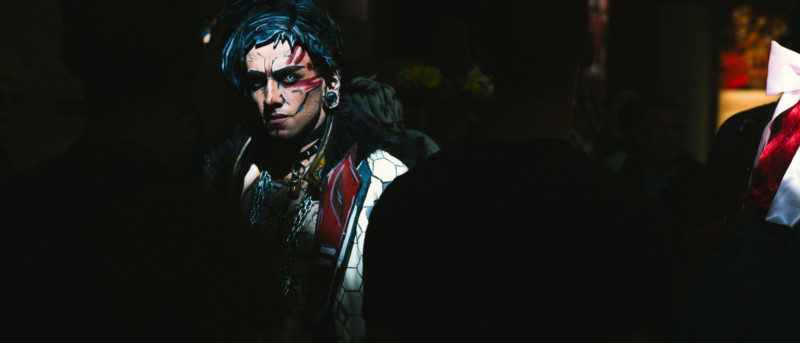
Eye Level
Shooting at eye level is an effective way to bring your audience into the world of your subject, especially when your subject is in a distinctly different place than other characters in the crowd.
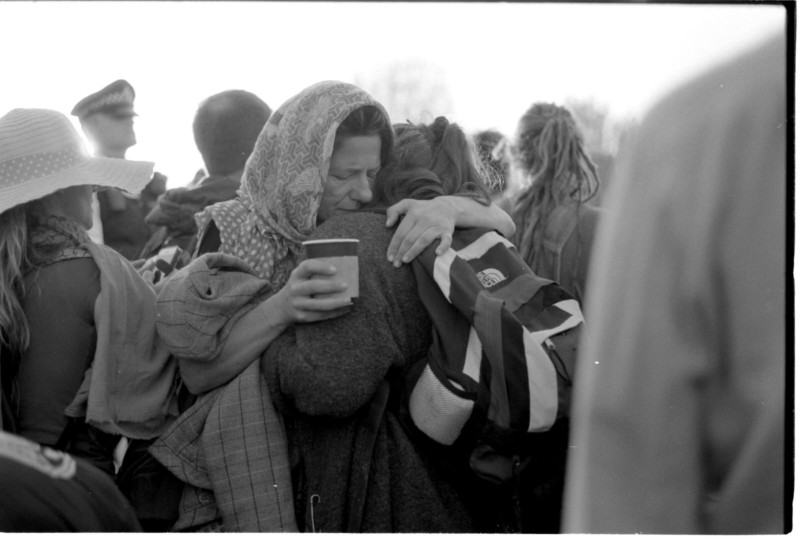
Especially when a subject is sat down in a crowd, sitting with them gives them more presence in the frame. It can also be easier to connect with a subject like this, rather than standing over them.

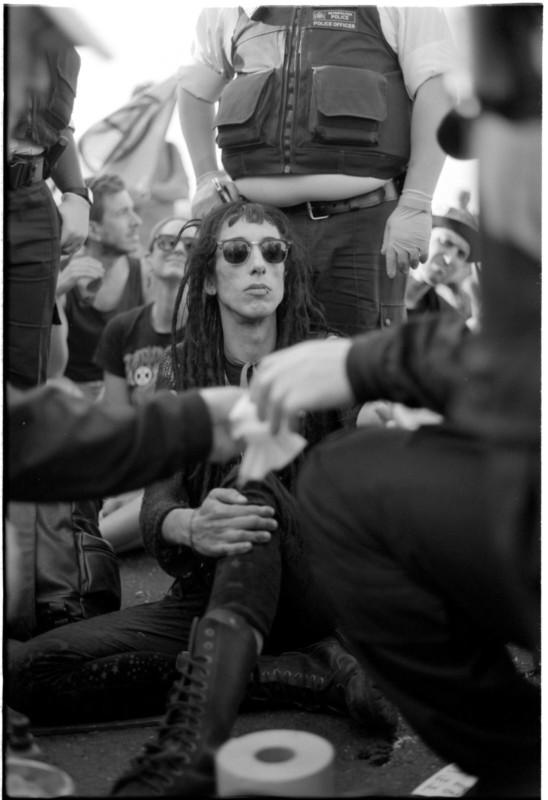
I think these photographs would be distinctly worse if I had just shot them from a standing position.
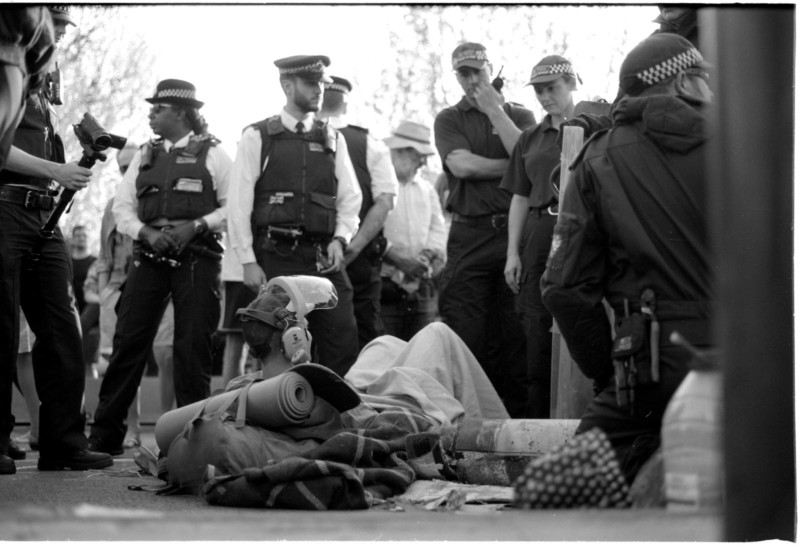
For a scene like this choosing which eye-level you want to shoot from is important. Shooting from the perspective of the protester has a certain effect, whereas if I had stood up to shoot with the police more predominantly and the protester diminished in the frame that would be making its own statement. Usually, I’d shoot both, but for this project I am focusing on themes of empathy, which means a focus on the perspective of the “underdog” which in this case I perceived to be the protester.
Interaction
I’m always looking for interactions between people, whether that’s a conversation or something more physical — usually hands, hugs, eyes, subtle things that connect people with each other, and with my camera.
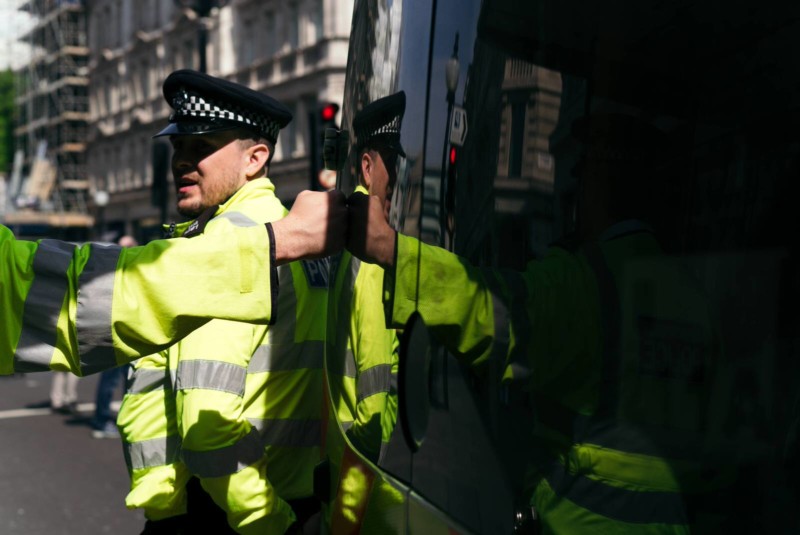
I try and find anyone breaking convention, doing odd things, which isn’t hard when there are so many people altogether all doing different things.

This kind of interaction is usually very spontaneous and difficult to prepare for so I find it’s best to always have my camera in my hand, never in a bag, and to have my exposure ready depending on light changing across the time I’m shooting.
Continuous or Broken Patterns
Searching a busy scene for patterns can be difficult, but I’m usually happy when I find things falling into place in my frame. Patterns can be in the way people move in synchrony, or in things they might be holding, or wearing.
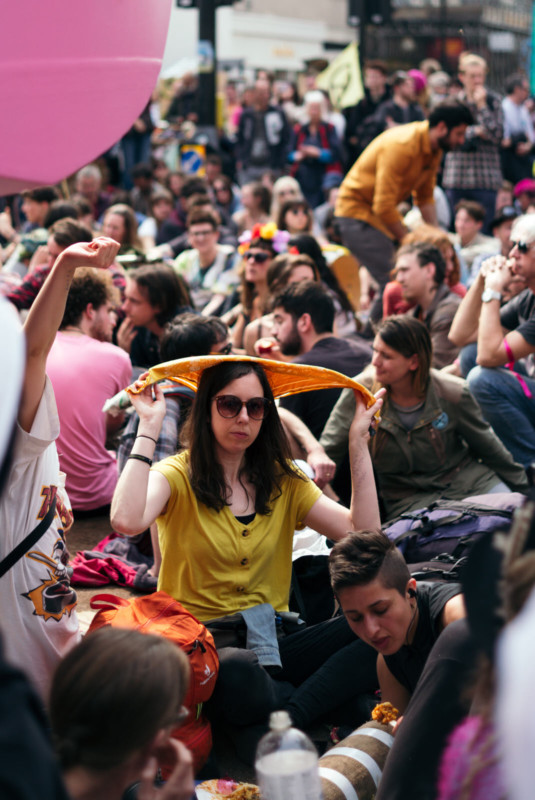
My favorite kind of pattern is the spontaneous one that I’m able to anticipate and frame for, where everyone is in their place, with little overlap, almost like puzzle pieces.
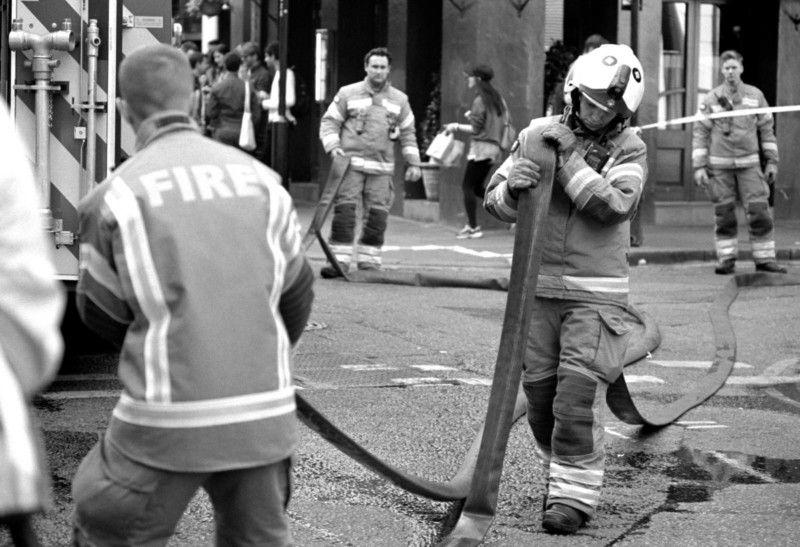
Similar to looking for little groupings as I mentioned earlier, good patterns can be found in uniforms, or when only one character has a uniform/doesn’t have a uniform.
If everyone is facing the same way you can wait for one subject to turn their head, or raise an arm (this doesn’t usually take long) which breaks the symmetry. Anything that distinguishes and separates them from their surroundings can create some tension and interest in an image.

Bystanders vs The Crowd
Crowd environments are very dynamic, and sometimes the best emotion isn’t in the faces of the people who chose to be there but in the reactions of people who have been swept away or caught up in the crowd. This can be anyone, and it’s always worth looking for.
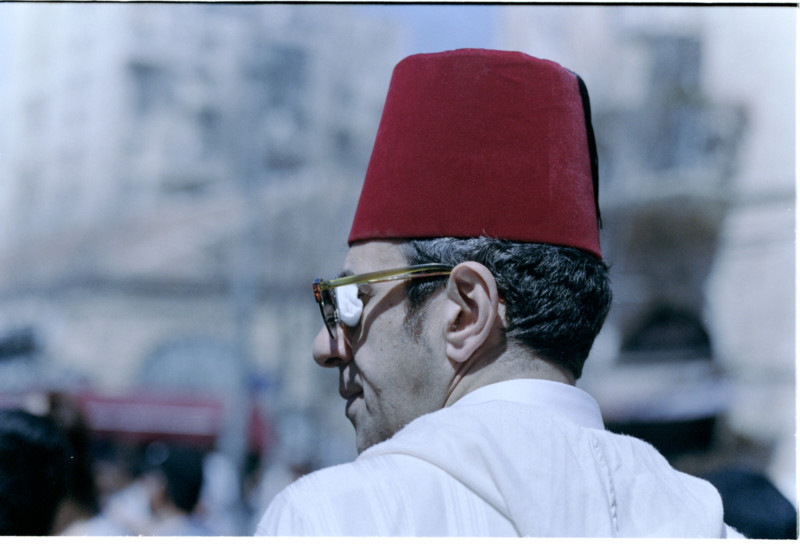
In my recent work, I have been shooting a lot of the reactions of police officers, as I find the way they analyze a scene and respond accordingly not too dissimilar to the way I do myself. Their uniform also offers a great “break” in any pattern there might be.
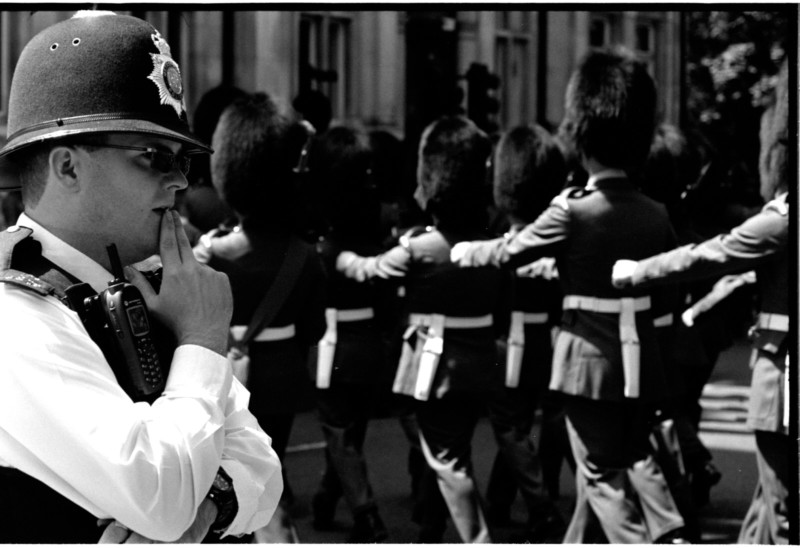
Be Aware
The most important thing is to maintain an awareness of your surroundings at all times. It can be so easy to be distracted by what’s happening in front of you that you trip, or get pushed, which is not something I’m a fan of. Situational awareness is key in so many types of photography, but when dealing with crowds there are risks beyond you as a photographer and could affect you as a person.
I always prefer to shoot with a partner as it allows me the confidence that someone has my back and that I have theirs.
About the author: Simon King is a London based photographer and photojournalist, currently working on a number of long-term documentary and street photography projects. The opinions expressed in this article are solely those of the author. You can follow his work on Instagram and you can read more of his thoughts on photography day-to-day over on his personal blog. Simon also teaches a short course in Street Photography at UAL, which can be read about here.